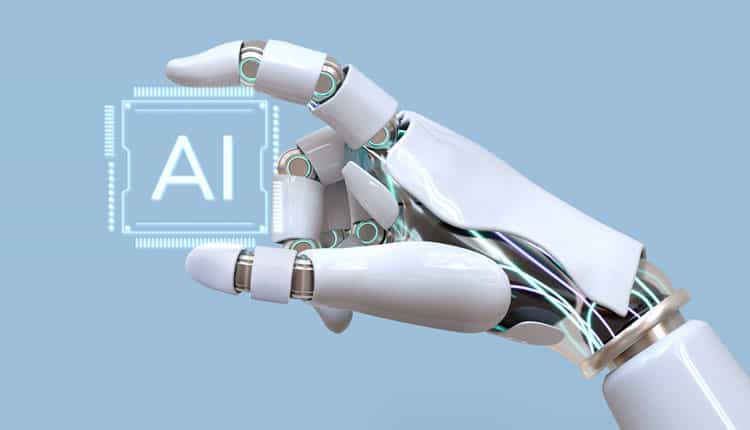By Shrikant Navelkar, Director, Clover Infotech
Generative AI has gained immense popularity in recent years, powering a wide range of applications from natural language processing to image generation, and more. As organizations look to leverage the capabilities of generative AI, they must also assess whether their data centers are adequately prepared to support the computational demands of these advanced technologies.
Generative AI is a type of artificial intelligence that can create new content, such as text, images, and music, from scratch. It is still in its early stages of development, but it has the potential to revolutionize many industries.
These models are trained on massive datasets of existing content. For instance, a text-generating AI model might be trained on a dataset of books, articles, and code. However, generative AI models can also be very computationally expensive to train and run. This is because they require a lot of processing power and memory.
As a result, data centers need to be ready for the increased compute and storage demands of generative AI. This means having the right hardware and software in place, as well as the expertise to manage and maintain it.
Here are a few things to keep in mind while preparing data centers for generative AI:
Increased Computational Power – Generative AI requires substantial computational power to process and analyse vast amounts of data. This demand for computational resources will drive the need for more powerful and efficient hardware in data centers.
Storage – As generative AI models are trained on large datasets and have millions or even billions of parameters, they require more storage space. In addition, the amount of storage space required for a generative AI model will vary depending on the size and complexity of the model, as well as the size and diversity of the training dataset.
Network bandwidth requirements: AI systems often rely on large datasets for training and continuous learning. As AI models become more complex and datasets grow, the demand for high-speed data transfer within data centers and across networks will increase. This will necessitate improvements in network infrastructure, such as higher-capacity switches, routers, fiber optic cables, etc.
Cooling Mechanism – Generative AI data centers require efficient cooling solution as their power consumption is very high as compared to traditional data centers. This can lead to overheating of the data center. Hence, they require effective cooling mechanism to not only prevent overheating and hardware failures but also to ensure consistent performance and reliability.
Sustainability – To ensure sustainability while preparing a generative AI ready data center, several strategies can be implemented. These include optimizing energy efficiency through the use of energy-efficient hardware, cooling systems, and renewable energy sources. In addition, AI model optimization techniques, waste reduction practices, and monitoring of energy consumption are crucial for sustainability. Compliance with environmental regulations, collaboration with industry partners, staff education, and ongoing innovation are essential elements in achieving sustainability goals.
Preparing data centers for generative AI is a complex task that requires careful planning and ongoing maintenance to meet the specific needs of AI projects. To create such facilities, it is essential to focus on scalability, redundancy, high-performance computing, energy efficiency, and security. By seamlessly integrating these elements, data centers can not only meet the present demands of AI applications but also adapt to the evolving needs of the future.

